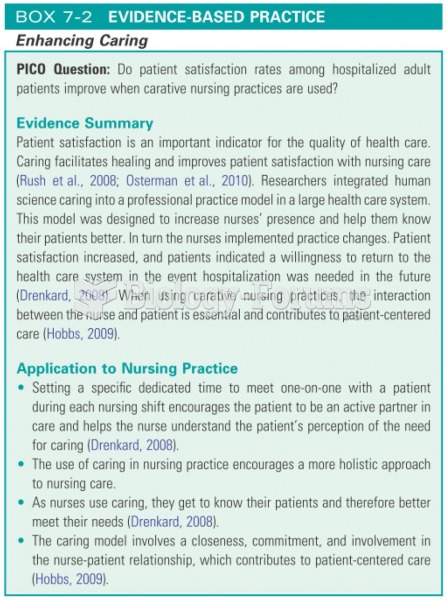Answer to Question 1
ANS: C
Preeclampsia can occur in a woman who has chronic hypertension. This woman has the characteristics of hypertension after a period of good control and proteinuria of at least 2+ on dipstick (100 mg/dL). The nurse needs to ensure protein levels are assessed in two samples at least 4 hours apart and ensure the woman has no signs of a urinary tract infection, as protein can occur in a sample of infected urine. The nurse should obtain a clean-catch urine sample to send to the laboratory for analysis. Asymptomatic UTI can occur in up to 11 of pregnant women, so assessing for signs and symptoms may not be accurate. The woman does not need admission to the high-risk OB unit, strict bedrest, or IV anti-hypertensives at this point.
Answer to Question 2
ANS: D
Preterm labor is defined as regular uterine contractions and cervical changes before the end of the 37th week of gestation. Many patients present with preterm contractions but only those who demonstrate changes in the cervix are diagnosed with preterm labor. Because this woman has no demonstrated cervical changes, she does not have the diagnosis. Also reassuring is the infrequency of her contractions; a defining characteristic of preterm labor is persistent uterine contractions (4 every 20 minutes or 8 per hour). Another reassuring finding is the presence of V-shaped cervical funneling ; a change to U-shaped cervical funneling in a woman with a shortened cervix is associated with preterm labor in high-risk women with a prior spontaneous preterm birth. The woman does not require corticosteroids or magnesium sulfate or admission to the high-risk OB unit.






